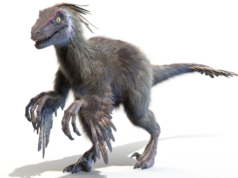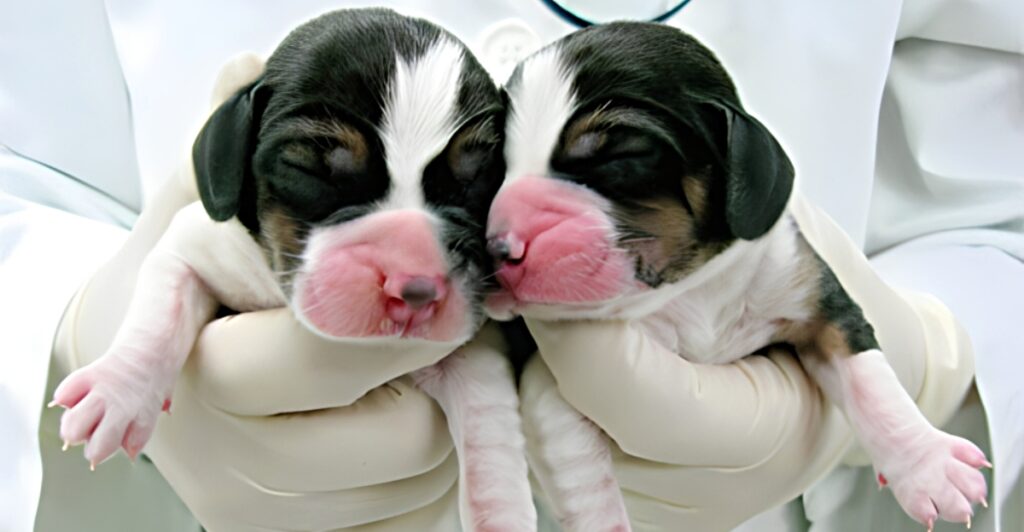
Cloning is one of the most polarizing advancements in science. It’s sparked many debates about its potential benefits and ethical problems. Everything started when a sheep was cloned and named Dolly in 1996. It has since expanded to include species from cats to endangered animals.
But since Dolly, scientists have taken things further. Here are a few species cloned for scientific achievement or hubris, depending on who you ask. Should humanity embrace cloning as a tool for conservation and innovation, or are we venturing into questionable morals?
Dolly the Sheep
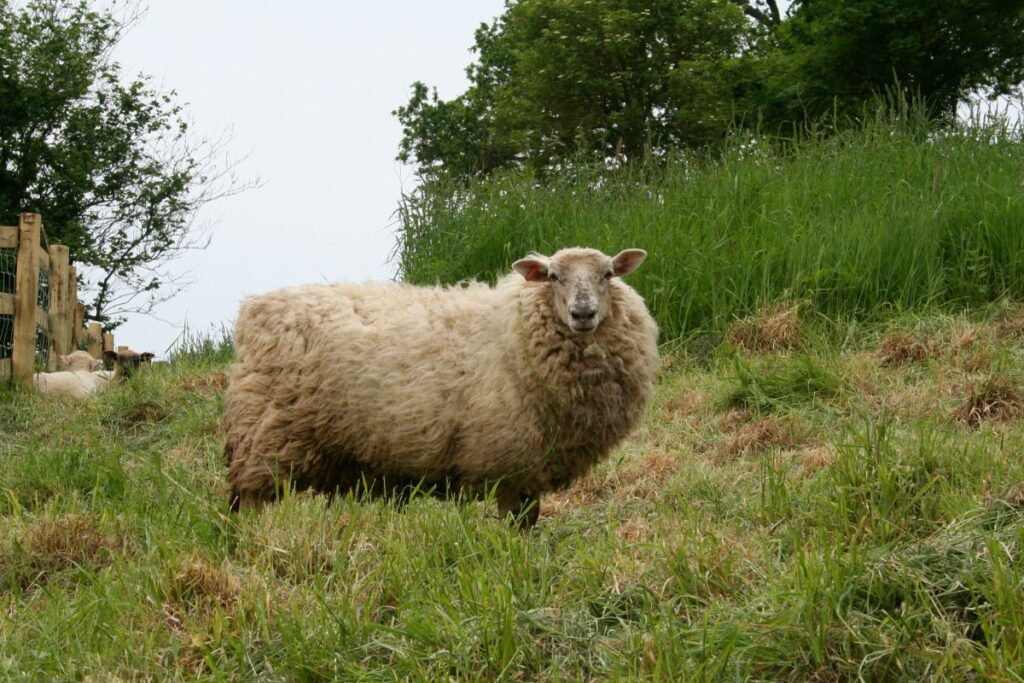
Dolly’s birth in 1996 was considered a huge achievement, considering she wasn’t born naturally. She was the first mammal successfully cloned from another animal’s somatic cell. This had amazing implications, proving that cells could be reprogrammed, which meant more than just cloning.
Regenerative medicine and species preservation could have new potential. Dolly lived a relatively normal life but developed early arthritis and lung disease. This raises questions about her quality of life and whether it was due to the cloning process.
Pyrenean Ibex
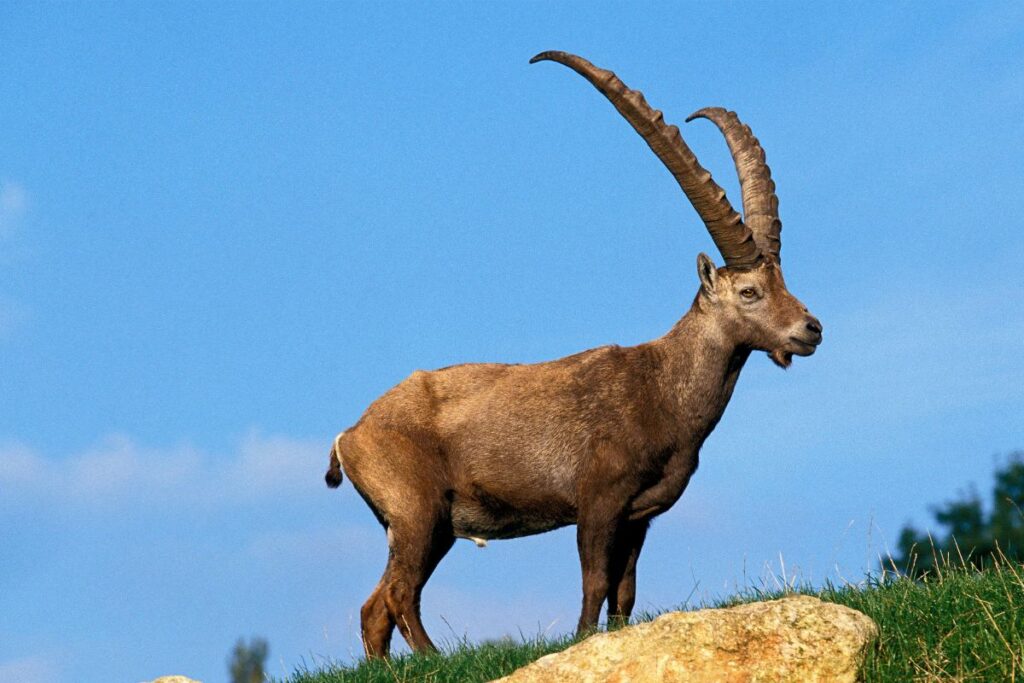
Declared extinct in 2000, the Pyrenean ibex made history in 2003 as the first extinct species to be cloned. Scientists used preserved skin samples to create a clone that survived for seven minutes. The animal was born with lung defects, which caused its short life to end.
Asian Carp
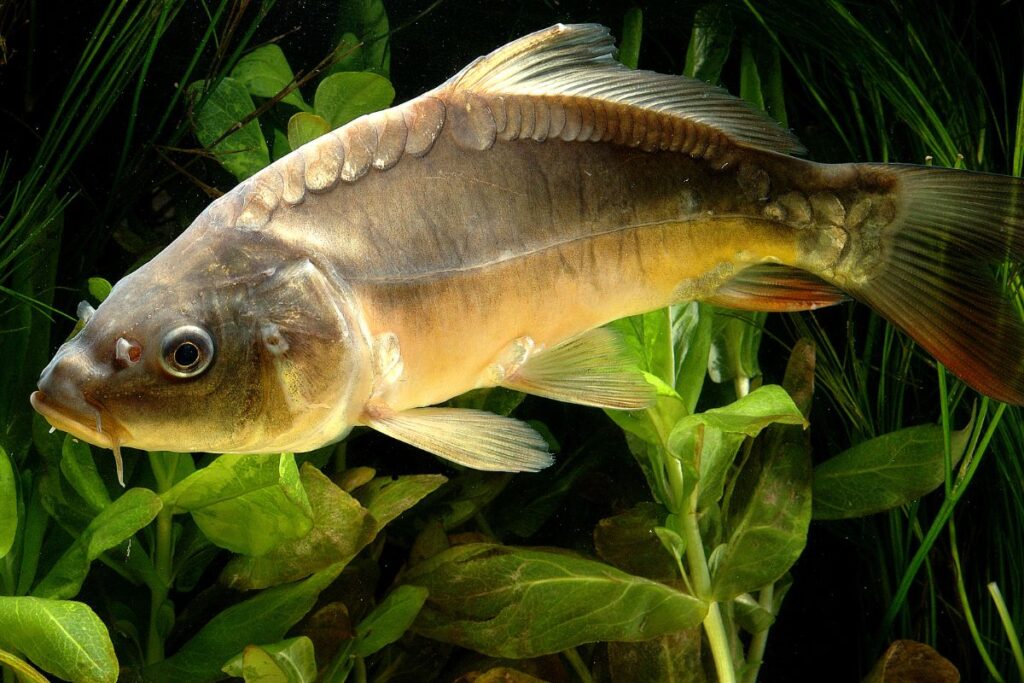
Asian carp have served scientific and ecological purposes, such as studying invasive species and improving fish farming techniques. These efforts can show us how cloning technology can help with environmental challenges and could increase the food supply.
Dogs And Cats
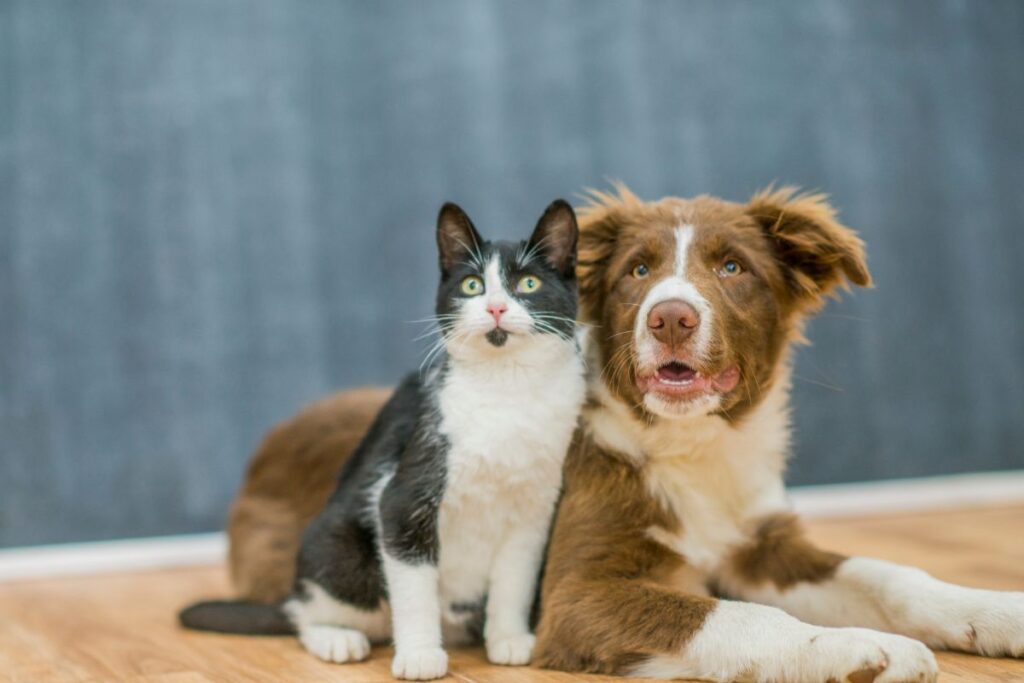
Dogs and cats have been cloned for research, conservation, and commercial reasons. The first cloned dog, Snuppy, born in 2005, showed people it was possible to clone a pet. Cloning cats also became a thing as some pet owners wanted replicas of cherished animals. While these practices showcase the technology’s reach, critics argue that cloning commodifies animals and overlooks broader welfare concerns.
Monkeys
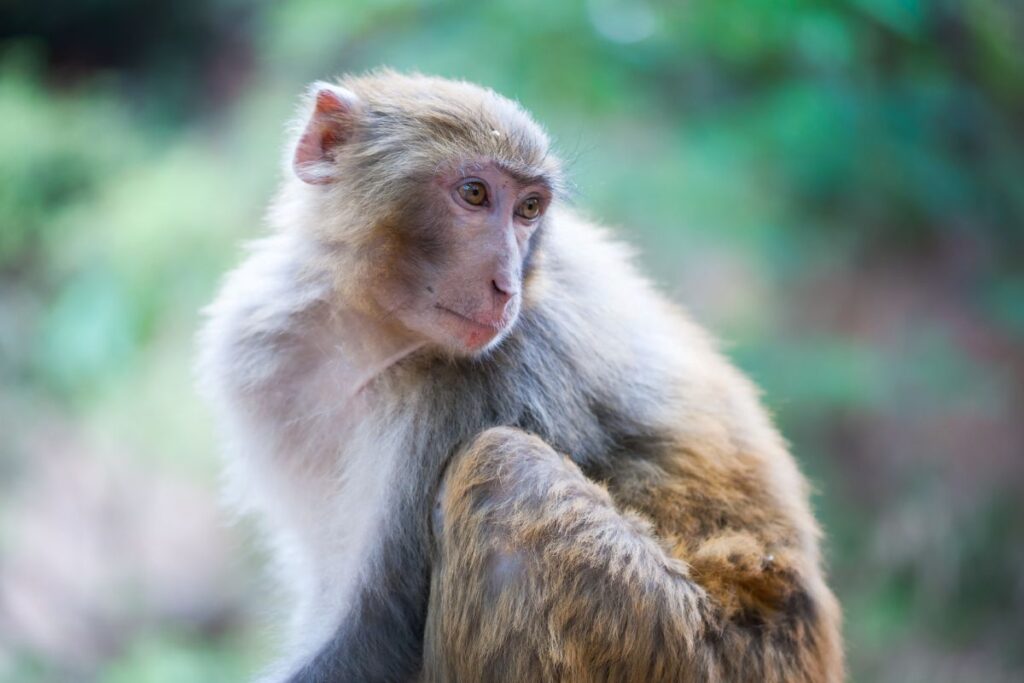
In 2018, Chinese scientists cloned macaques using the same technique as Dolly for the first time. With a close genetic code to people, these primates are critical for studying neurological and genetic disorders. The achievement sparked ethical debates over extending cloning to human-related species and highlighted the balance between scientific progress and moral responsibility.
Horses

Horse cloning has gained traction in sports and conservation. Successful clones, such as polo champion horses, demonstrate their utility in preserving exceptional genetic traits. Conservationists also use cloning to protect endangered equine breeds. While the technology has clear benefits, it raises questions about genetic diversity and natural selection in breeding programs.
Pigs
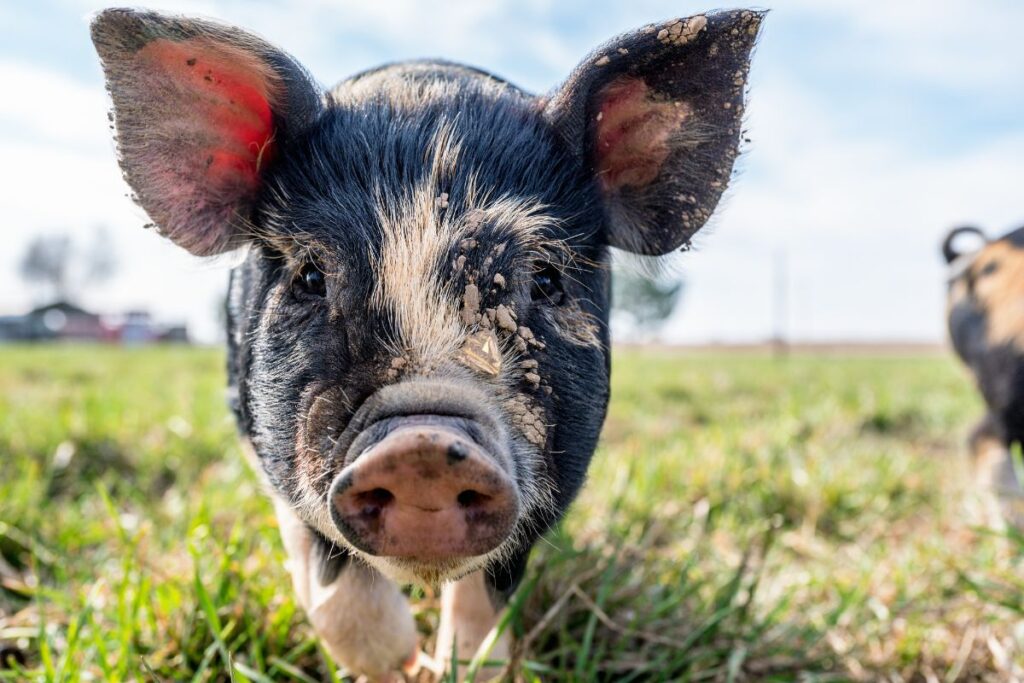
Cloned pigs are invaluable in biomedical research, especially for studying organ transplantation and disease modeling. Pigs share a lot of DNA with humans, making them ideal candidates for studies. Additionally, agricultural cloning aims to produce pigs with desirable traits, such as disease resistance and better meat quality, advancing global food security.
Cattle
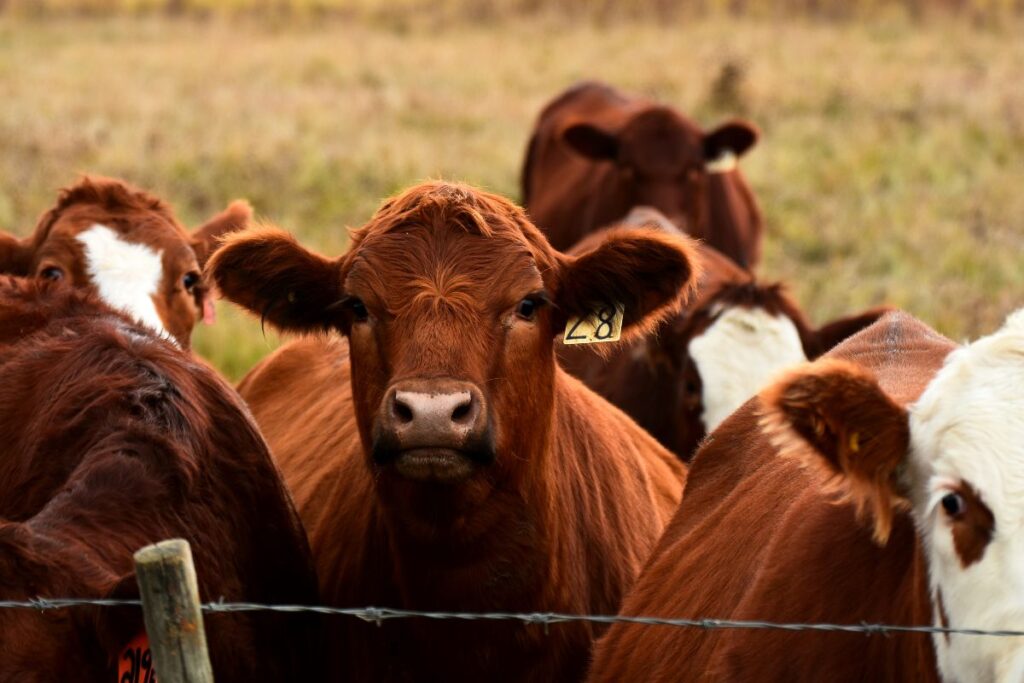
Cattle cloning addresses agricultural challenges by replicating high-yield and disease-resistant animals. Clones enhance livestock breeding programs, reduce costs, and ensure consistent meat and milk production. However, the industry faces criticism over animal welfare and the potential economic effects of reduced genetic diversity in herds.
Frogs
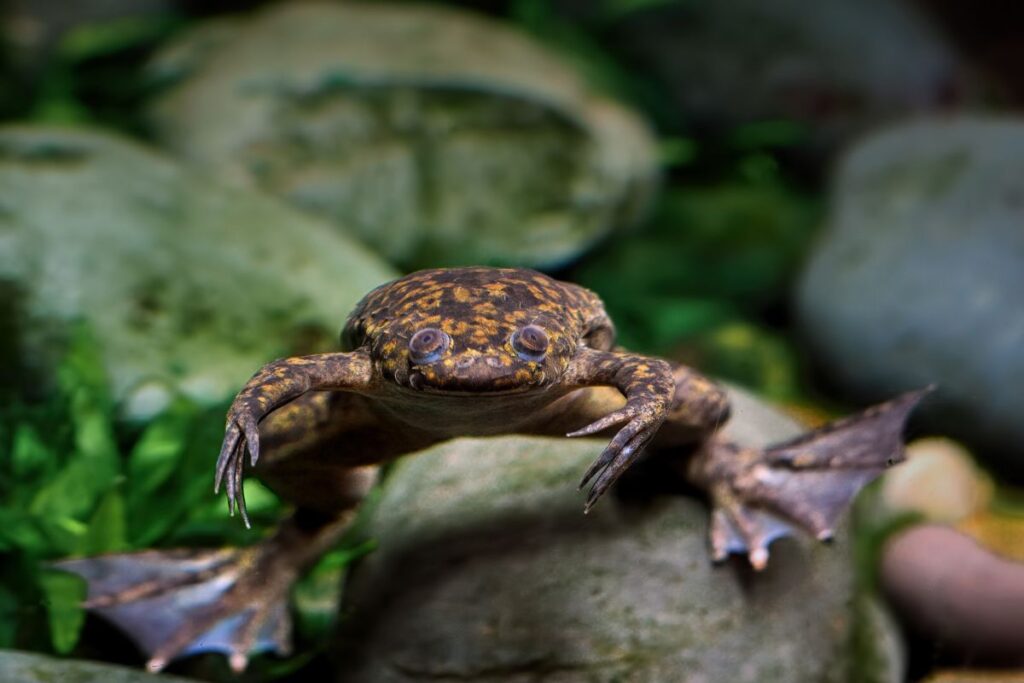
The African clawed frog pioneered cloning experiments, with early successes dating back to the 1950s. These efforts laid the groundwork for modern cloning techniques, contributing to our understanding of embryonic development and gene expression. While less publicized, frog cloning underscores amphibians’ foundational role in advancing reproductive science.
Tasmanian Tigers
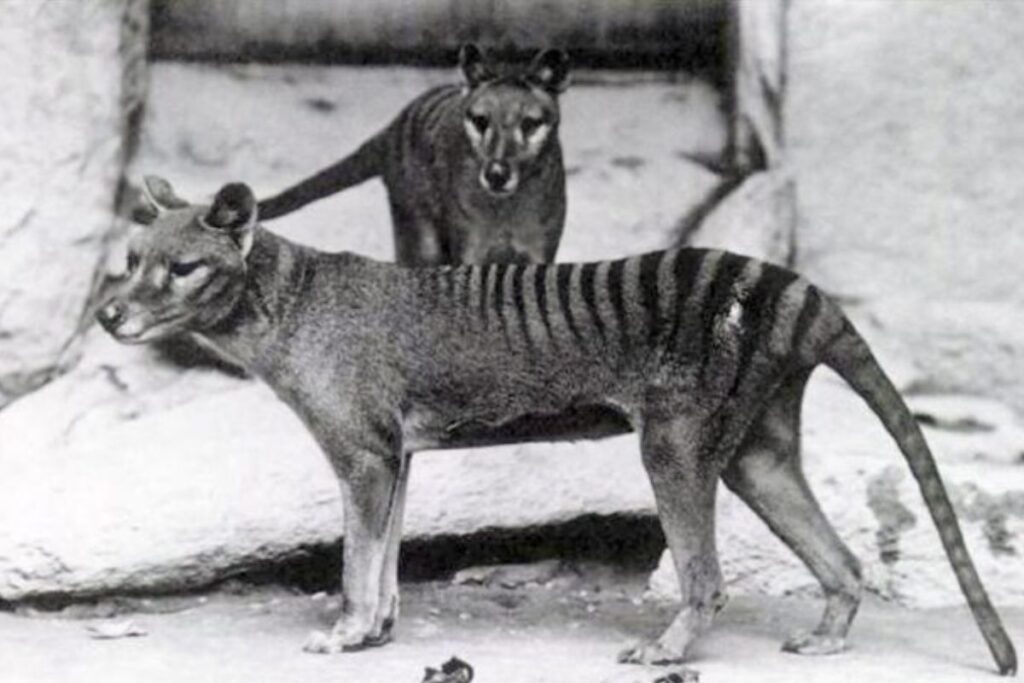
Cloning extinct species like the Tasmanian tiger has intrigued scientists and conservationists alike. Using preserved DNA, researchers want to bring back the animal from the dead and restore ecological balance in its native habitat. However, people have highlighted a few challenges, including incomplete genomes and ethical concerns about “de-extinction” when living species face immediate threats.
Ethical Questions

While it is true that cloning pushes the frontier of science, it also raises many important ethical issues. Many don’t believe it is right to prioritize cloning over preserving natural habitats. Others wonder if they should clone pets or livestock at the risk of reducing genetic diversity. These are extremely important questions and need careful consideration as we evaluate cloning’s role in humanity’s future, such as conservation, medicine, and commerce.
Promise and Responsibilities
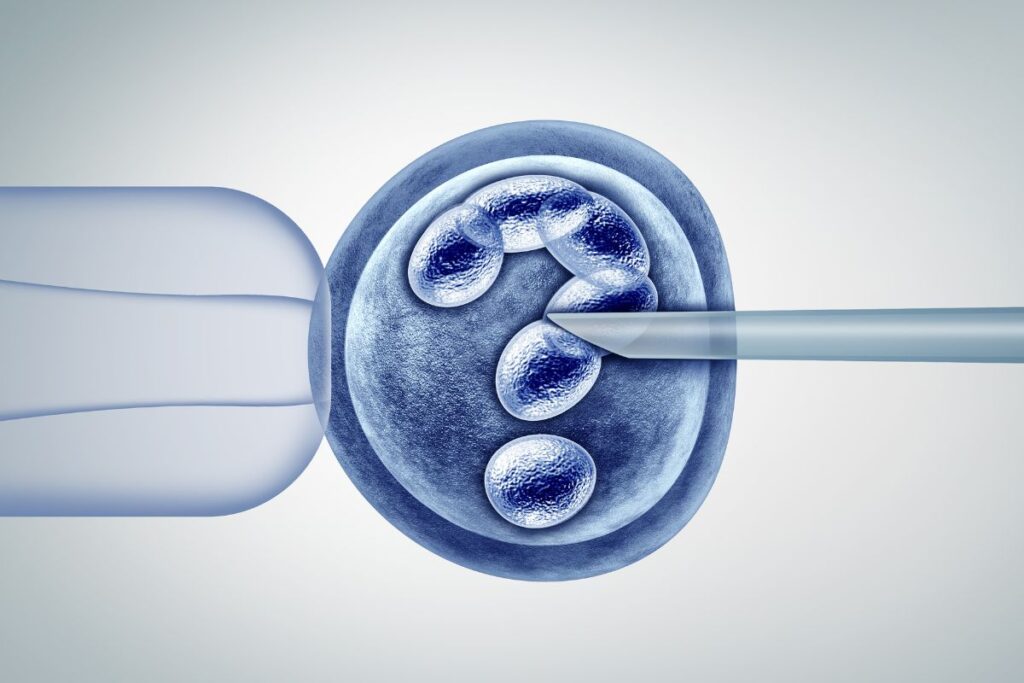
Cloning holds immense promise but comes with profound responsibilities. Its potential is vast, from reviving extinct species to improving agriculture and medicine. However, we must weigh these benefits against ethical, environmental, and welfare concerns.
Source:
10 Surprising Animals That Have Been Successfully Cloned
Stay connected with us for more stories like this! Follow us to get the latest updates or hit the Follow button at the top of this article, and let us know what you think by leaving your feedback below. We’d love to hear from you!



